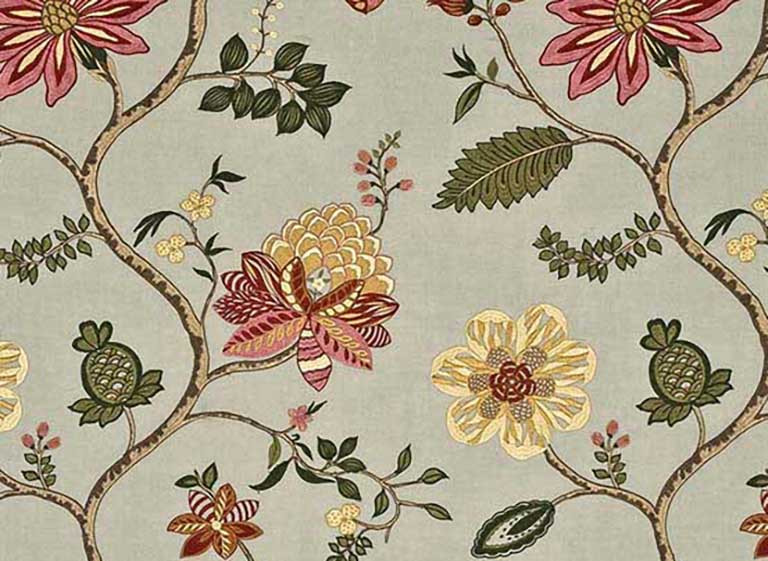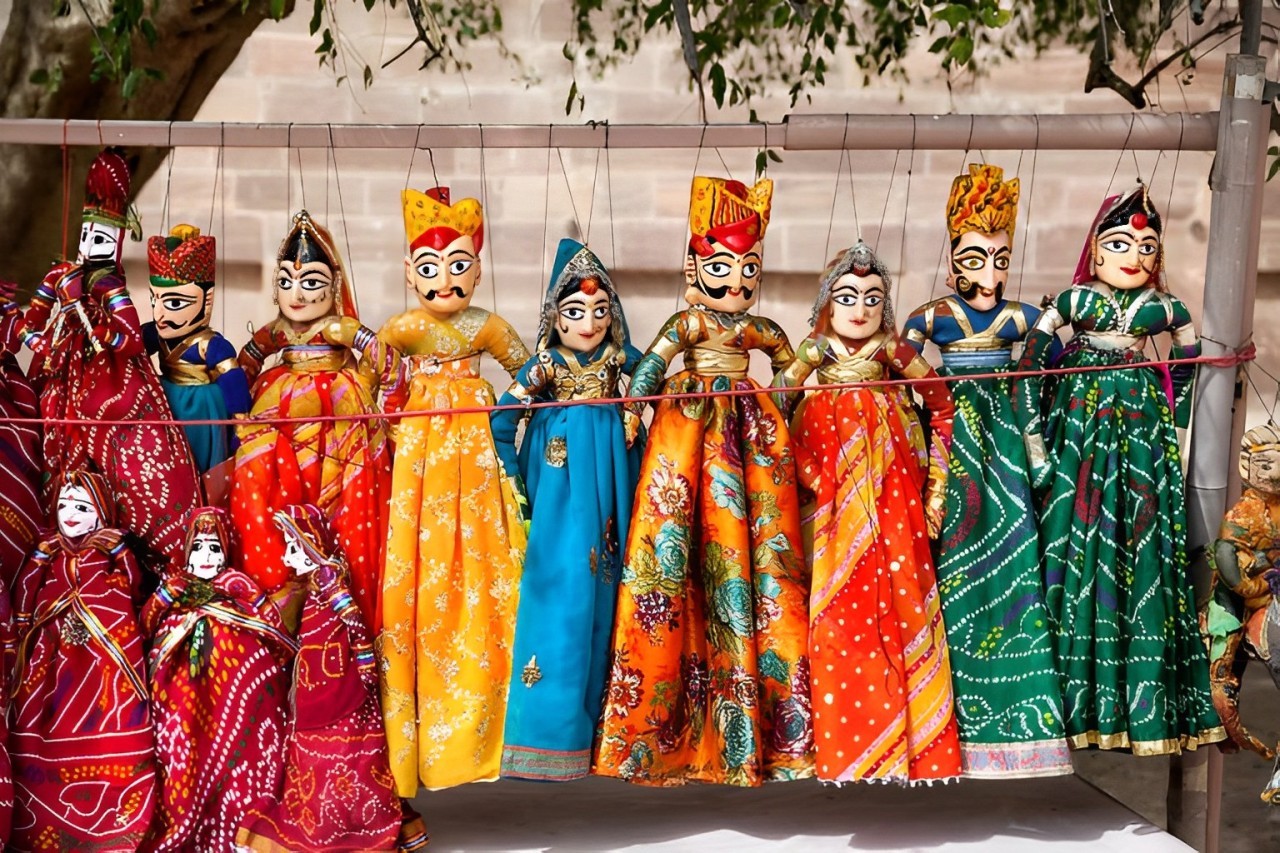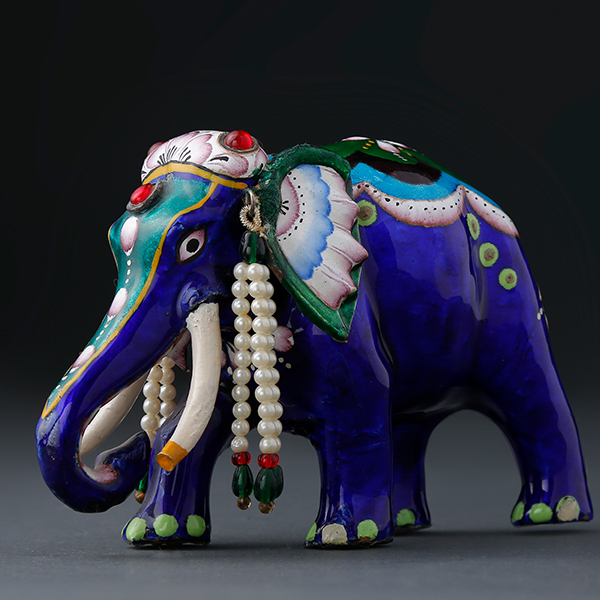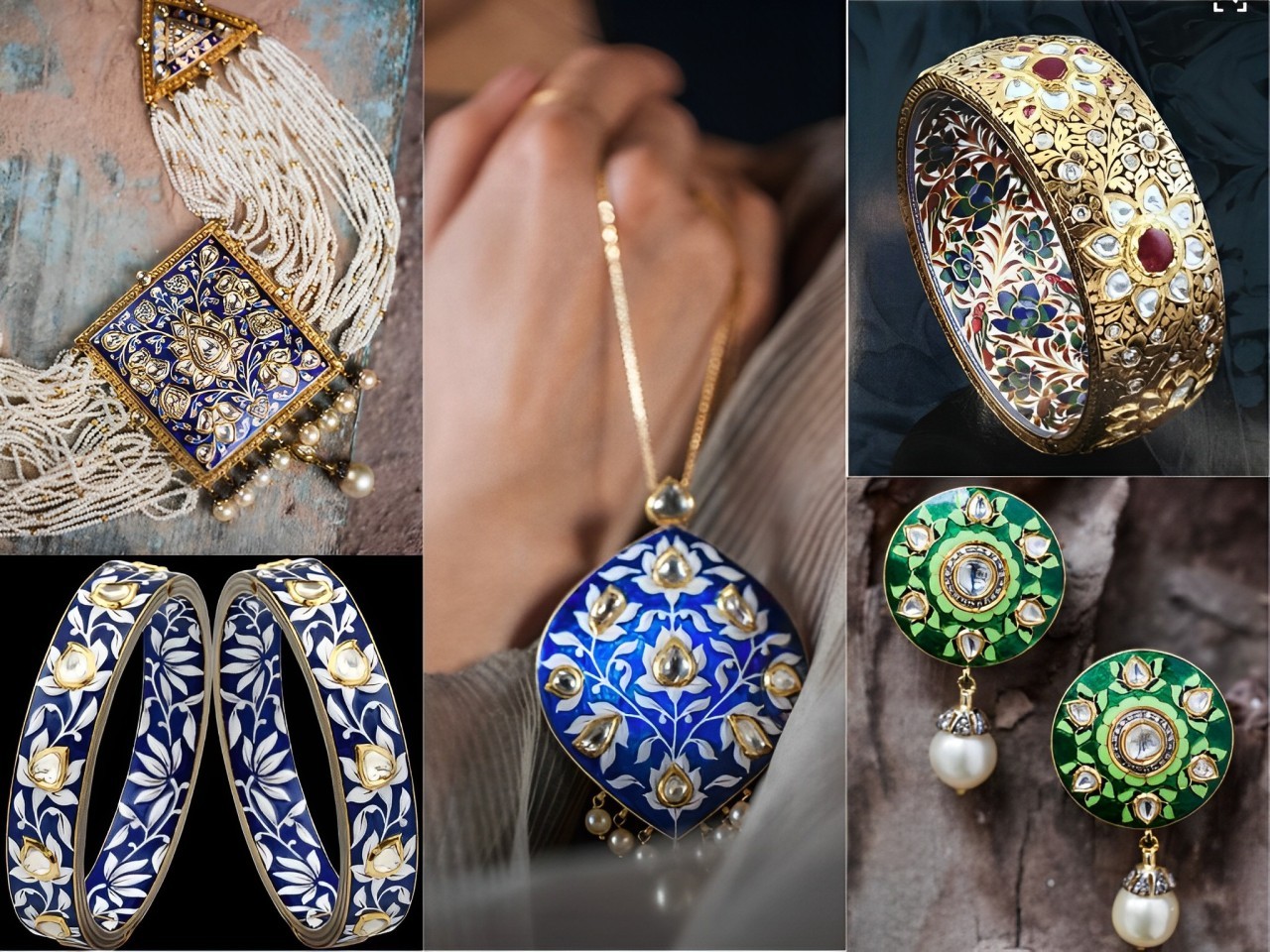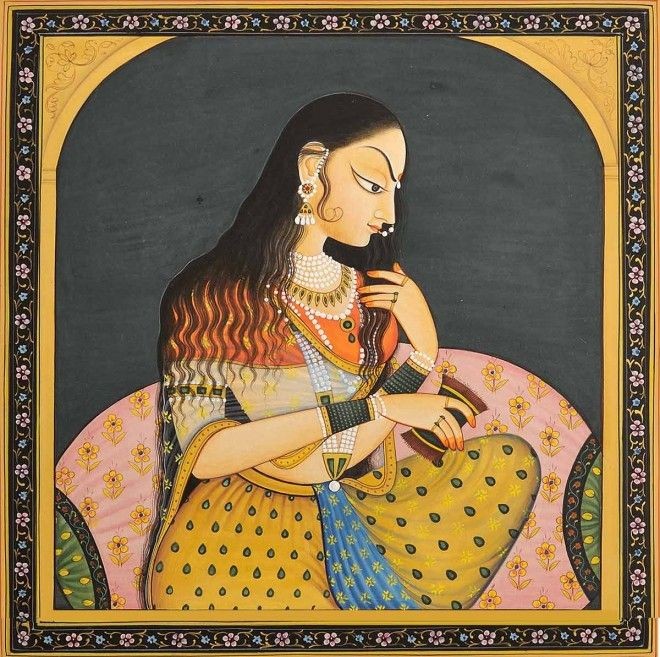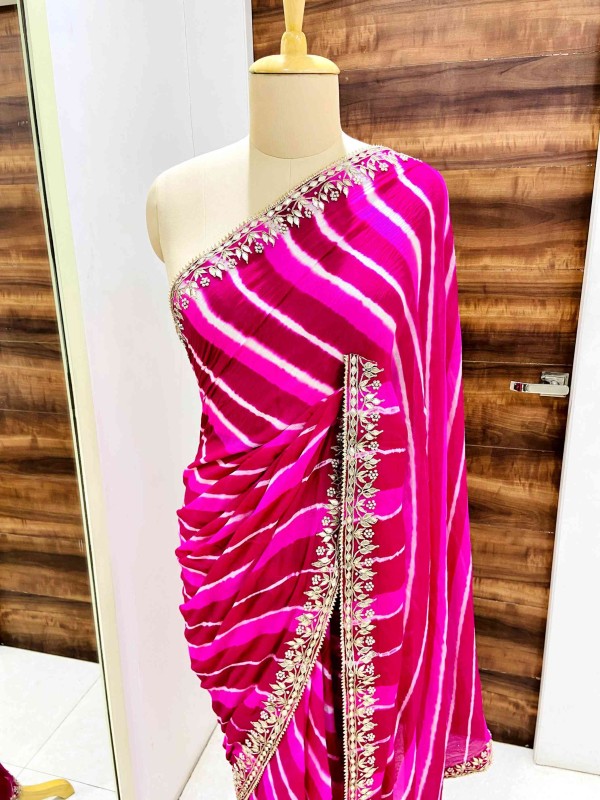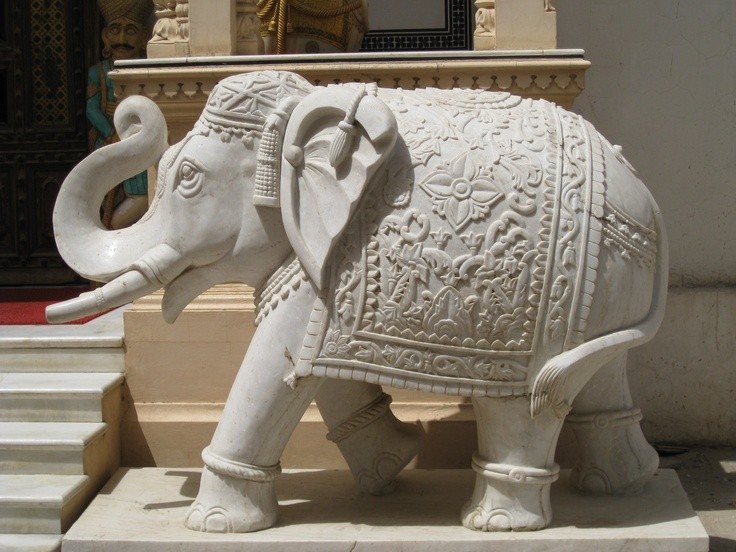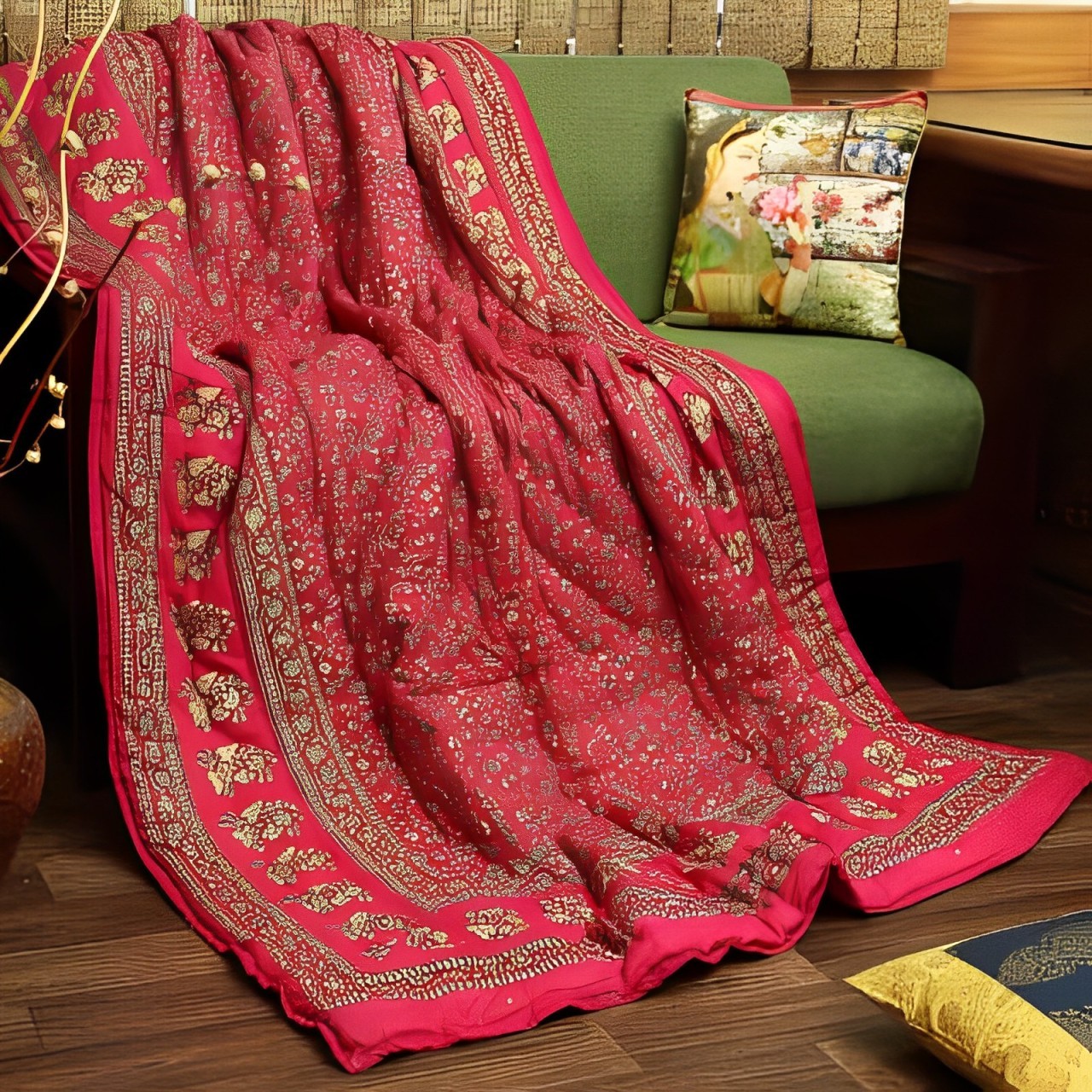Block Print Textile
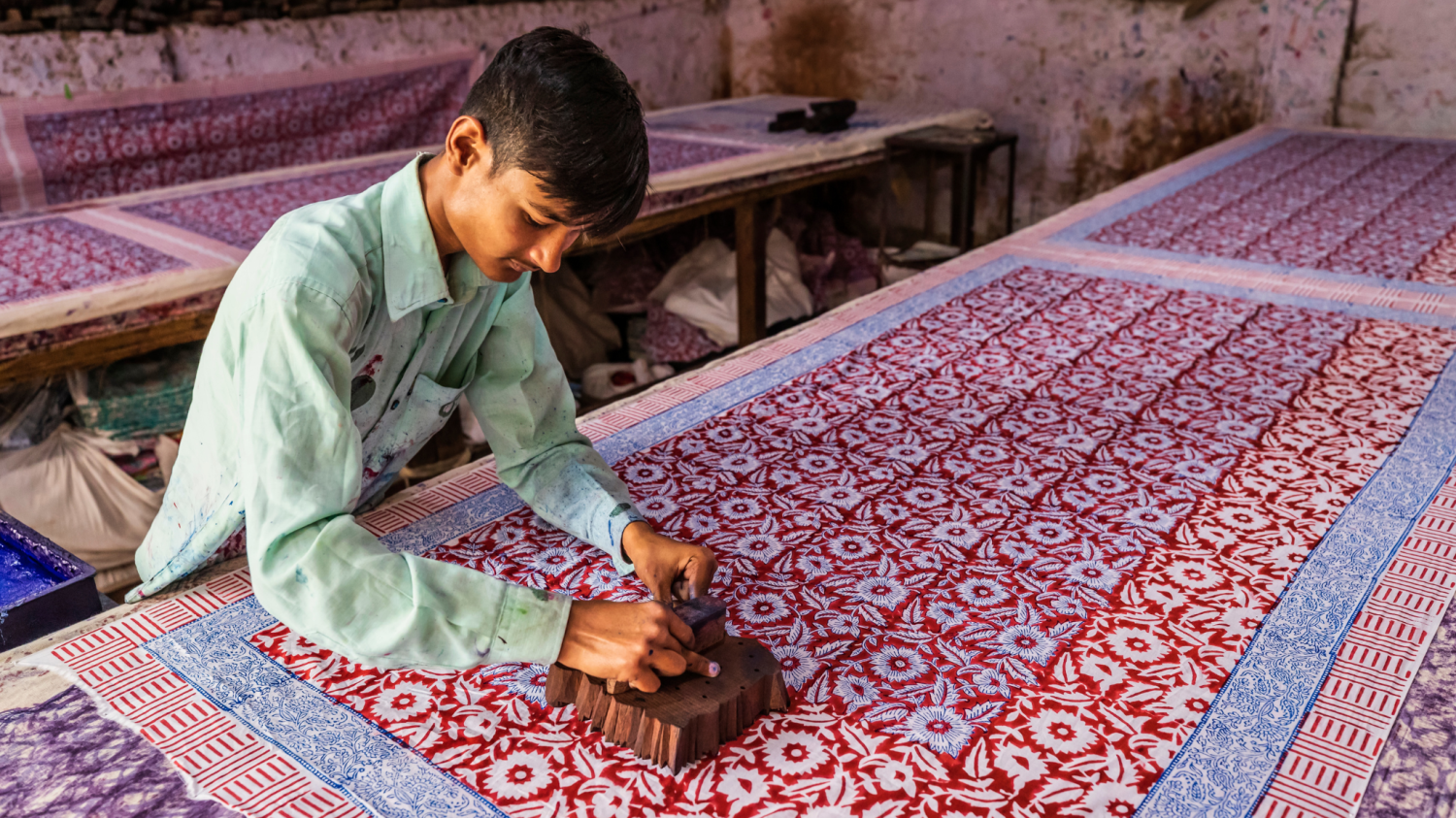
Introduction:
Block printing is the relief process of printing onto fabric or paper using a hand-cut block, made of wood or linoleum. After the block has been carved, ink is applied, and then it is printed. Hence, the name block printing.
It’s a technique that has been around for more than two thousand years. Originating in China, where it remained the most common printing method in East Asia for books and images until the 1800s.
Initially, block printing fabric was the norm – most often being printed onto silk cloths It wasn’t until hundreds of years later when it was eventually adapted to paper, which is now probably the most widely used material for block printing.
Origins
Printing patterns on textile is so closely related in its ornamental effects to other methods of similar intention, such as by painting, dyeing, and weaving, that it is almost impossible to determine from the picturesque indications afforded by ancient records and writings of pre-Christian, classical or even medieval times, how far, if at all, allusion is being made in them to this particular process.
Hence its original invention must probably remain a matter of inference only. As a process, the employment of which has been immensely developed and modified in Europe in the nineteenth century by machinery and the adoption of stereotypes and engraved metal plates, it is doubtless traceable to a primeval use of blocks of stone, wood, etc.
So cut or carved as to make impressions on surfaces of any material; and where the existence of these can be traced in ancient civilisations, e.g. of China, Egypt and Assyria, there is a probability that printing ornament upon textiles may have been practiced at a very early period. Nevertheless, highly skilled as the Chinese are, and for ages have been, in ornamental weaving and other branches of textile art, there seem to be no direct evidences of their having resorted so extensively to printing for the decoration of textiles as peoples in the East Indies, those, for instance, of the Punjab and Bombay, from whose posterity 16th-century European and especially Dutch merchants bought goods for Occidental trade in Indiennes or printed and painted calicoes.
History in India
The traditional process of hand block printing on textiles, with rich natural colours, has been practiced in Rajasthan, India for around 500 years. Block printing was introduced to the Jaipur region of Rajasthan by the Chhipa community. This community was originally located in Bagru Village, an area now famous for its vegetable dye and mud resist (dabu) block prints.
The art of block printing has been passed down for generations within families and communities and has branched out in recent decades to other regions such as Sanganer, just South of Jaipur. In traditional Bagru style block printing, the ‘recipes’ for the traditional plant-based dyes are developed within each family and kept alive from generation to generation. The colours are dependent on the quality of the plants, the water and skill and knowledge of the printing masters. In more recent forms of block printing, such as those practiced in Sanganer, colours are mixed using AZO free pigment dyes.
While printing designs onto fabric most likely originated in China about 4,500 years ago, it was on the Indian subcontinent where hand-blocked fabric reached its highest visual expression. Indians possessed unparalleled expertise in the secrets of natural plant dyes, particularly with mordants (metallic salts that both create colour and allow it to adhere to fabric).
A kind of mud resist-printing, called dabu, which allows areas of a design to be reserved from dye, also flourished here. A series of combinations of mordant and resist stamping and dyeing enabled Indian printers to create uniquely complex designs, coveted from Southeast Asia and palaces of Mughal emperors to the far-flung capitals of Western Europe. Between outside influences and the diversity of the subcontinent’s own indigenous communities and tribes, India has yielded one of the most magnificent pattern vocabularies ever.
Basic Materials Required for Block Printing Fabric
- Block Printing Carving Block
- Fabric Block Printing Ink OR Water-Soluble Printing Ink for Paper
- Linoleum Cutter Carving Tool
- Soft Rubber Brayer
- Acrylic Sheet, Glass (or similar)
- Permanent Marker
Steps of Block Printing
Step 1: Create a design and draw it onto your linoleum block.
The first step for block printing is coming up with a design. Use a permanent marker to draw the design directly onto the carving block. That way, you know exactly what to cut and what you don’t want to cut. It really helps to have a visual guide. You want to use a permanent marker, as opposed to any other kind of marker or pen. This will ensure the ink from the marker doesn’t come off onto your fabric or paper while printing.
Step 2: Get familiar with your tools and know when to use what attachments, etc.
Next, using your carving tools, choose the size lino cutter attachment you want to use. It is recommended to use the largest size to carve out larger areas, so it goes a little faster but for highly detailed areas, you are recommended to use the smallest size (#1). The largest size it comes with is a (#5) and the smallest size is a (#1). Additionally, you can use the knife blade tool (#6) to carefully cut around the edges of a design. This would be especially helpful if you’re concerned about messing up and carving too closely into something. Great thing to do for beginners. It creates more of a guide to follow and a stopping point for the other attachments to help with those fine lines, etc. And it can also be used to cut away excess material from the side of the block to make it easier to handle while stamping.
Step 3: Start carving the linoleum block.
Based on what you learned in step two, select the best attachment. Then, begin cutting out the excess area away from the design. Leaving the design raised. Use as many of the different size options as you find necessary, depending on your design.
Step 4: Ink your linoleum block.
If you’re block printing on fabric, you’ll want to use a block printing ink that is safe to use on fabrics. It will say it’s for fabric use right on the tube. Another option for block printing fabric is using an ink pad that can be used on fabrics. Using ink pads for block printing are best for small lino blocks (2-3 inches in size).
If you’re using larger blocks, you’ll probably want to go the traditional route of inking. If you’re using a fabric ink pad and small linoleum block, open up the ink pad and continuing dabbing ink onto the lino block until the design is fully (and evenly) covered.
If you’re using a more traditional method for inking, squeeze out a thin line of ink (whether its fabric ink or regular printing ink for paper) toward the top of the acrylic sheet (or glass) palette. Then use the soft rubber brayer (the roller), to bring the ink down.
Rolling the ink out a bit on the surface of your palette before rolling it over your stamp in thin layers until the raised design is fully covered. Make sure the linoleum block isn’t over inked or you could lose some of the fine details of your design when printing. You’ll notice when you roll the ink out that it has a much different viscosity than regular paint. It’s much more tacky.
Step 5: Print block design onto fabric (or paper).
Next, no matter how you’ve inked your lino block, flip the block over. Then press the inked design face down firmly and evenly onto fabric or paper. Then, pull the stamp away from the fabric, straight up if you can. Repeat steps 4 and 5 as desired. If you’re using traditional block printing ink, let the surface air dry for 24 hours before using (this will set the ink). Or according to instructions on the ink tube. As some inks require more time to cure. OR if you’re using a fabric ink pad, wait for the pattern to air dry, then heat set the ink (with an iron) to ensure the ink is permanent.
Linoleum Block vs Wood Block
Generally, linoleum block (or lino block) is much easier to carve than wood block because it’s a softer material. It’s also a more affordable option for printmakers. To carve into wood blocks, you need a whole different set of tools. Wood carving tools are much more expensive than linoleum carving tools.
Why? It’s mostly because they have to be able to cut through wood, which means they have two be stronger, sharper, etc.
As you might be able to guess, wood blocks are a harder material to carve. The results are a longer lasting block that can be printed again and again though, which is why so many people go that route.
But if you’re not creating a huge edition of prints, linoleum block is the way to go – especially when it comes to smaller crafting projects.
Mixing Block Printing Inks for Custom Colours
Just like regular paint, you can easily mix inks to create custom colours. So, if you’re decent at colour mixing, you’ll only need a basic set of primary colours (red, yellow, blue) plus black and white to create any colour you can imagine. You can mix the colours right on the acrylic sheet you use to ink up your block and then push it all back into a line for your brayer (like the traditional inking method in step four) when you’re ready to ink.
Water Based Inks vs Oil Based Inks:
Oil Based Inks -
- The cool thing about oil-based inks is: they can be used on both fabric AND paper. But they have their drawbacks too.
- Oil based inks typically need to cleaned up with mineral spirits or turpentine.
- Oil based inks also take longer to dry than water-based inks. For example, when printing on fabric, oil-based inks can take up to three weeks to fully dry.
Water Based Inks -
- Water based inks can be removed from skin and clothing with soap and water. So, they clean up very easily, and again, are great for hobbyists.
- Water based fabric printing ink can be dry in just 24 hours (or even just overnight) and is permanent for fabrics, just like oil-based inks. Sometimes water-based inks can run, so it’s something to keep in mind.
Which Fabric is Best for Block Printing?
Block printing is one of the oldest techniques for printing. The popularity of it can be determined from the fact that the block printed fabric is now used not just for the fashion industry but also for the interior industry. The technique can indeed be carried out on a variety of fabrics but still, the best one would be cotton or cotton linen. These fabrics have a special affinity towards different types of dyes and pigments.
Before selecting the fabric for block printing, one must always consider
- The end-use of the fabric
- How tightly the fabric is woven?
- How course the fabric is?
- How durable does it need to be?
The same block print has a different kind of feel and looks on different kinds of fabrics. The fabrics woven of natural fibres are considered the best. They breathe well and also give a very natural look of the print. Besides cotton and cotton linen, silk is also a good option for block printing. Wool? It’s a fuzzy fabric and fuzzy fabrics are awful for printing. They soak in the ink and make the print appear very hazy.
Pure synthetic fabrics are a complete no-no. The blends of synthetic and natural fibres still perform better. They feel soft and can be given a try.


